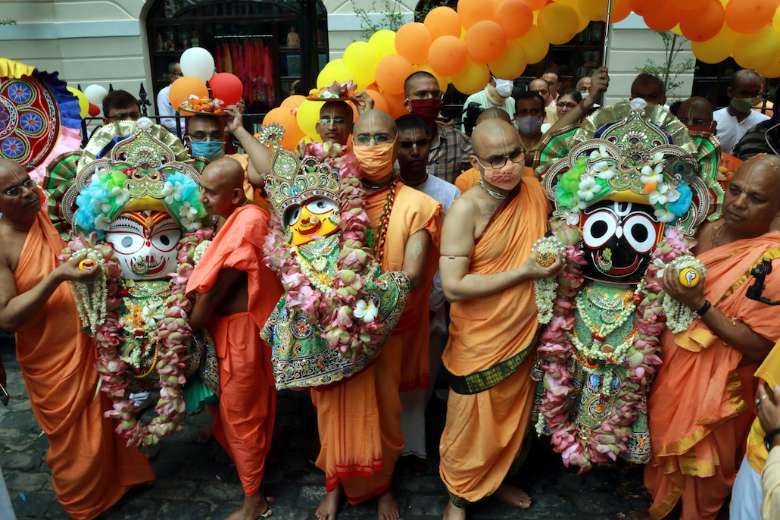10 Assaults in 30 Days: Communal Violence Sees No Stop in Karnataka
Communal violence and abuse inflicted by Hindutva groups is on the rise in Karnataka. In a span of two months the state has witnessed the brutal decapitation of Arbaz Mullah in Belagavi, the assault on an Urdu journalist covering temple demolition in Nanjangud and vandalization of a Muslim-owned mutton shop, among many others. The assailants’ reasons for the assaults and mistreatment range from spotting an interaction between two people of different faiths to opening of a meat shop when a temple festival is underway. As these occurrences increase in number, The Quint has compiled a list of the 10 recent events of communal violence and disharmony committed by Hindutva outfits in Karnataka. Do Assailants Enjoy Impunity? The alleged perpetrators from the saffron brigade seem to be enjoying protection from members of the government. When a viral video, from Bengaluru, of two Muslim men assaulting a Hindu man for riding with his Muslim colleague reached Basavaraj Bommai, chief minister of Karnataka, he declared that his “government deals with such incidents with an iron hand.” But on the other hand, while speaking about the incident where Hindutva extremists ambushed a car in Moodbidri, near Mangaluru, and allegedly threatened to burn the passengers for travelling with a
India becomes unapologetically Hindu under PM Modi
THE TRANSFORMATION IS PRODUCING A NEW ELITE WHO ARE PRO-HINDU AND PRO-HINDI BUT DETEST ENGLISH August 5 marks the second anniversary of the constitutional amendment initiated by the Narendra Modi government to take away the functional autonomy of Jammu and Kashmir, India’s only Muslim-majority state. A year later, on the same day in 2020, the prime minister laid the foundation stone for a grand Ram temple at Ayodhya on a plot of land where once stood the Babri mosque before its demolition by frenzied mobs of Hindus in 1992. The two events aren’t mere sociopolitical developments in the recent history of the country but can be seen as symbols of the latent but strong cultural transformation India has undergone ever since Modi became prime minister in 2014. This transformation has pitchforked a new elite who are basically provincial, pro-Hindu and pro-Hindi. They detest English and prefer the Hindi language, and proclaim their Hindu identity. The end result has been the rise of an unapologetic fanatic. “This is the new social order now. We may not see major upheaval or social destabilization. But in the name of anti-elitism what we have got is anti-intellectualism. More precisely it is anti-liberalism,” West Bengal-based social analyst Ramakanto Shanyal said. “The new
Religious conversion in India: More smoke than fire now?
THE AGE-OLD DEBATE ON CONVERSION CONTINUES WITH THE SAME PASSION, TONE AND ARGUMENT EVEN TODAY An upper-caste Hindu boy, Narayan Sesadri Parlikar, joined a school run by the Church of Scotland in Bombay way back in 1838. Five years later in 1843, he converted to become a Christian. The Bombay Courier, the leading English daily of the time, published a column-length story on Parlikar’s conversion, triggering a major upheaval among the city's upper-caste Hindu society. The day after his conversion, the outraged members of the Brahmin priestly caste to whom the boy belonged, passed a resolution censuring the event. “The missionaries of Christian faith … distribute books on their dharma (religion). In order to facilitate their efforts, they have established schools. For the sake of education, Hindu boys join their schools. The boys are immature in their understanding of Hindu dharma. Their minds become confused, and many have been converted to Christianity,” the resolution said. The 19th-century debate on religious conversion continues with the same passion, tone, and argument even today. The parties in the debate haven’t progressed much in understanding each other’s claims on the contentious issue of conversion that keeps surfacing in politics, media and courts. Those who want to outlaw conversion argue that







